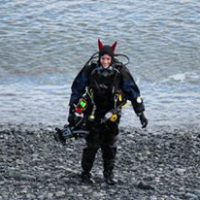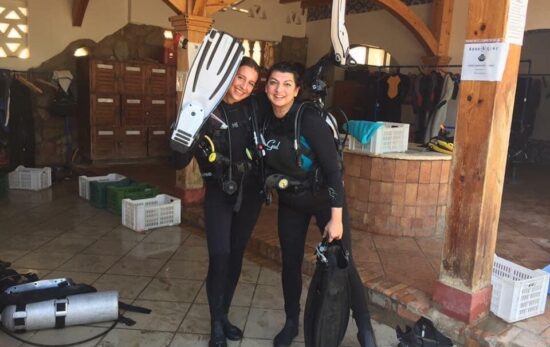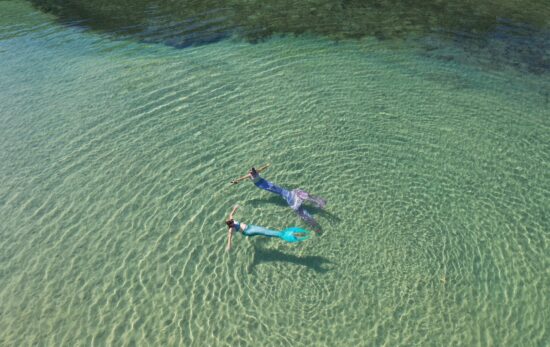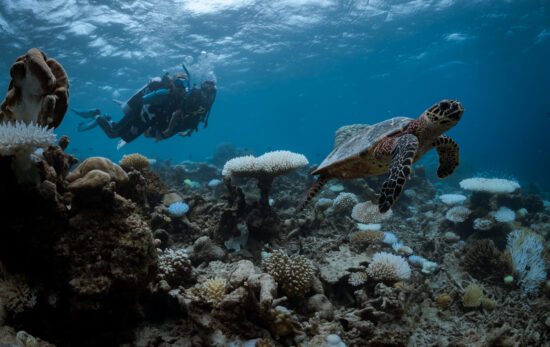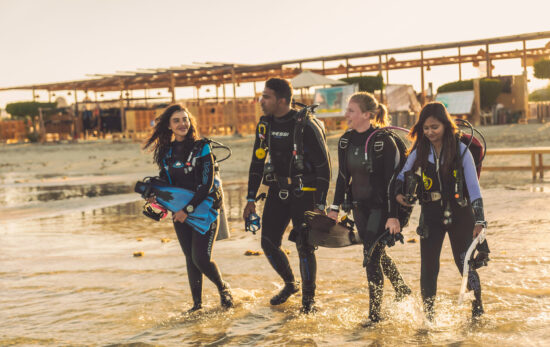Our ocean is captivating, mysterious, and even promotes wellbeing. Millions of people have already discovered its benefits through scuba diving. But did you know many other underwater activities make a great scuba alternative?
Perhaps scuba diving isn’t for you because of health, confidence, cost, or you just don’t like the idea. Or maybe you’re already certified but fancy something different. Either way, for a new, non-scuba adventure, you could try:
- Snorkeling
- Skin diving
- Freediving
- Mermaiding
- Virtual diving
Keep reading to learn what makes each of these an unforgettable scuba alternative.
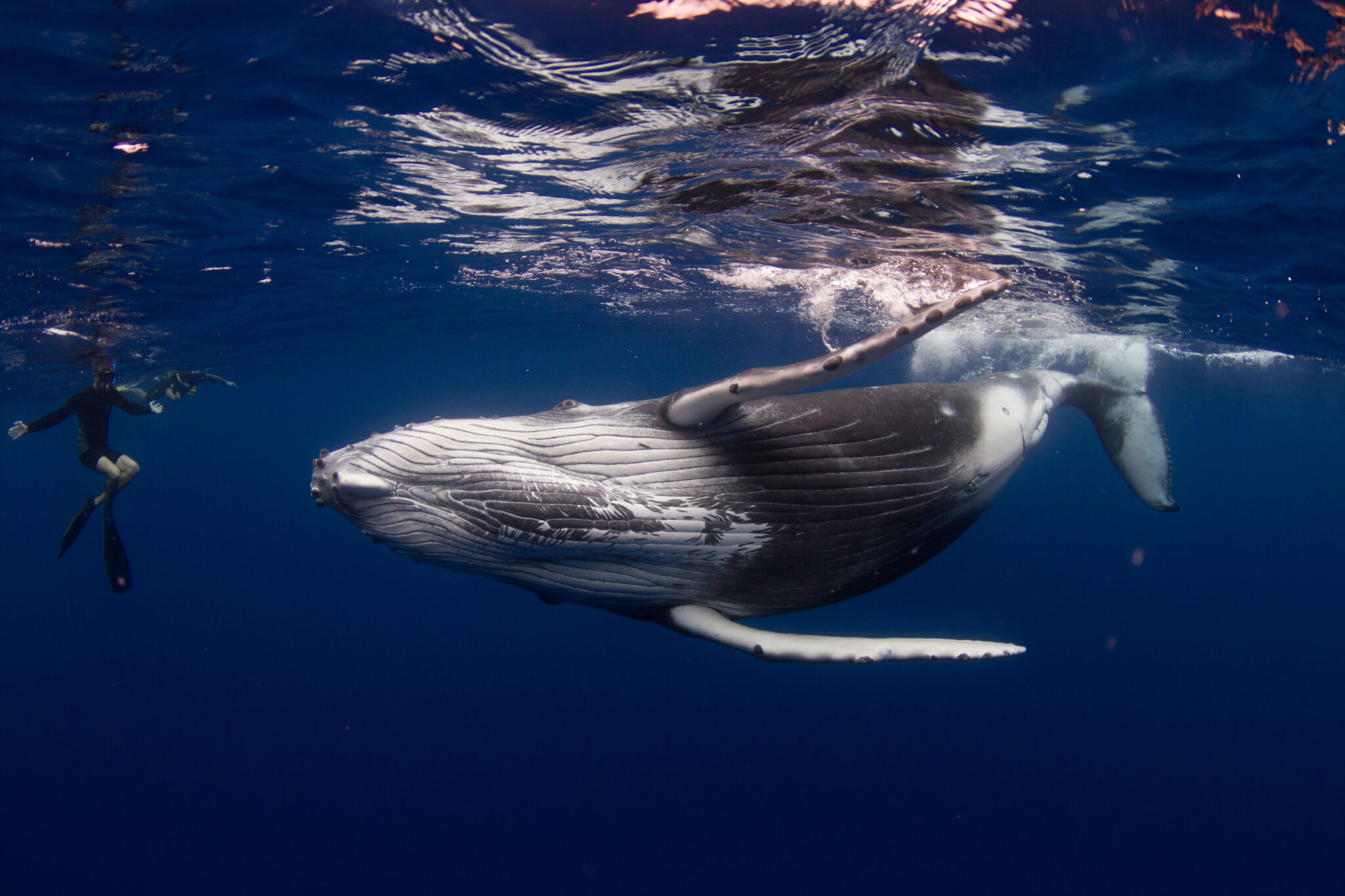
Snorkeling and Skin Diving
These are both excellent ways to peek beneath the waves when you can’t (or don’t want to) scuba dive. But, what is the difference between skin diving and snorkeling?
- A simple snorkeling definition: using a mask, fins, and snorkel to observe marine life while swimming on the surface.
- A simple skin diving definition: like snorkeling, but adding short breath-hold dives (around 5-10m/16-33ft deep) for a closer look.
Skin diving and snorkeling vs scuba
While snorkeling/skin diving isn’t as immersive or exhilarating as scuba diving, it involves less cost, equipment, and restrictions. You’ll be free to enjoy the aquatic world at your own pace.
It’s also popular during family vacations. Snorkeling with a flotation device is a safe scuba alternative for non-swimmers to be enchanted by marine life and an ideal ocean introduction for kids.
What’s more, some of the most memorable underwater experiences are snorkel-only — from meeting Florida’s dugongs to swimming with whales. So, whether you’re scuba certified or not, learning the tricks and techniques of snorkeling and skin diving opens the door to a lifetime of extraordinary undersea adventures.
Recommended skin diving course:
Formal training isn’t required to snorkel or skin dive, but the PADI Skin Diver course will boost your confidence. You’ll learn snorkeling tips and skin diving safety skills, including clearing water from your snorkel and performing effortless surface dives.
Freediving
Both a recreational and competitive sport, freediving offers a level of challenge and accomplishment that scuba diving (and the other activities on this list) can’t rival.
What is freediving?
Freediving is very different from skin diving or scuba diving. There are various disciplines, from floating face down in confined water to diving as deep as possible in the open ocean. But the common goal is to stay longer or dive deeper underwater on a single breath — the freediving depth record is a daredevil 253m/830ft!
But there’s another side to freediving. The inward power, control, and calmness it demands also creates a world of zen and self-discovery that many freedivers swear will change your life forever.
Freedivers also use their breath-holding abilities to tick off bucket list dives — from cenotes and blue holes to encounters with sharks. Sure, you won’t get as much bottom time as scuba divers, but you’ll be much more agile since freediving equipment is far less cumbersome. Plus, with no bubbles to scare fish, you’ll see more critters close up.
Recommended freediving course:
Freediving involves pushing your limits, and you need training to do this safely. PADI Freediver is the perfect course for beginners to learn how to freedive. Across confined and open water sessions, you’ll learn freediving theory, breath-holding skills, buddy techniques, and more.
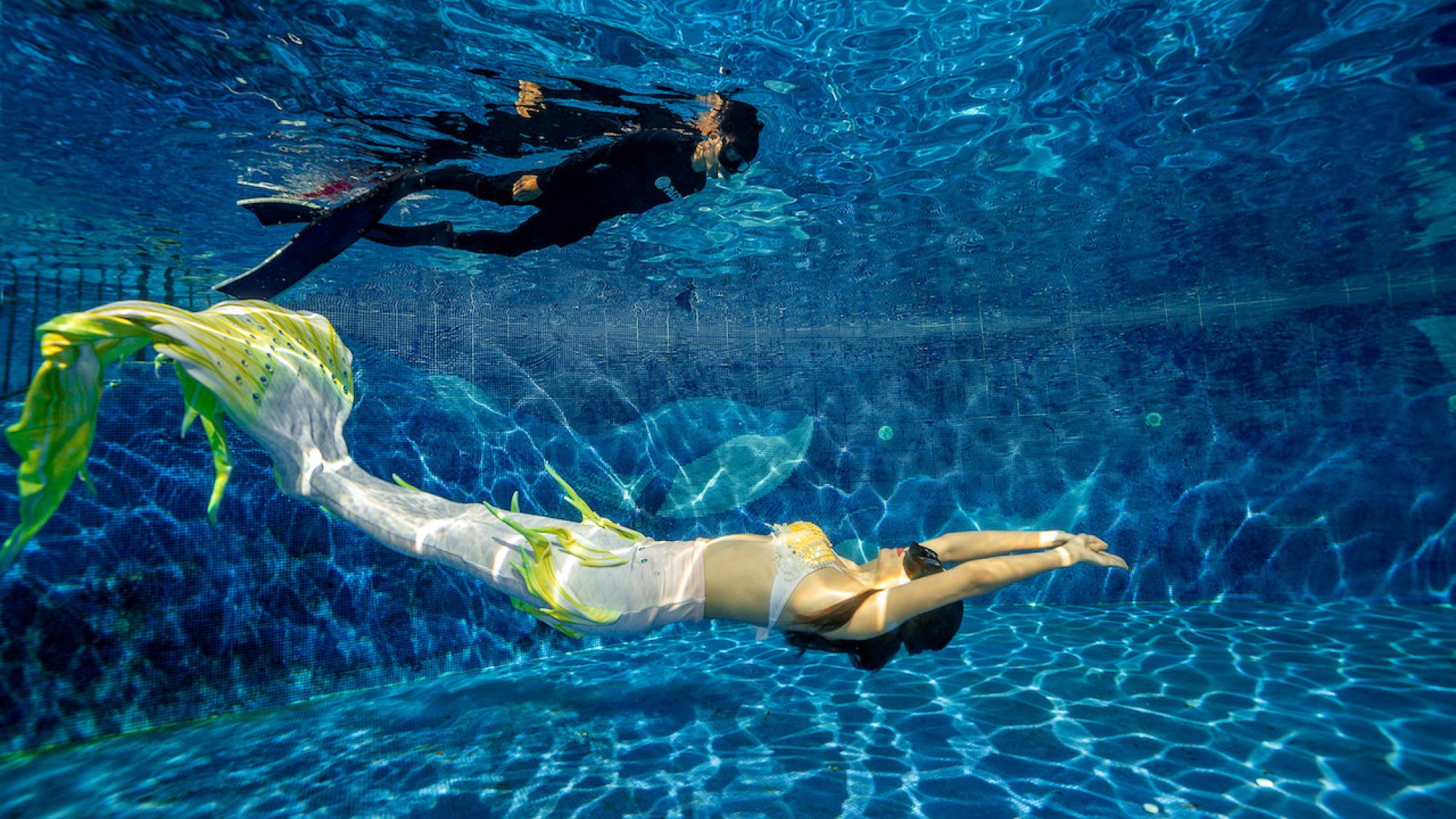
Mermaiding
It’s official — mermaids are real! A new wave of ocean enthusiasts are bringing legend to life (and making kids’ dreams come true) with the art and sport of mermaiding.
What is mermaiding?
Blending fantasy with underwater adventure, mermaid diving builds on basic freediving skills to imitate the movement and magic of these mythical creatures. It means swimming effortlessly with a mermaid tail, choosing eco-friendly mermaid fashion, and speaking the language.
As well as being a fun way to meet people, the mermaiding community turns passion into purpose. Inspiring PADI mermaids advocate for ocean conservation, promote diversity, and even have professional mermaid jobs — from circus performers to mermaid trainers!
You can learn how to be a mermaid anywhere with water. From tropical beaches to ice-capped mountains, there’s certainly no shortage of fin-tastic mermaid trips!
Recommended mermaiding course:
To learn how to become a mermaid, you’ll want to take mermaiding classes. The PADI Mermaid course doesn’t need prior diving knowledge and teaches mer-culture, expressive mermaid swimming skills (like somersaults and back glides), and safety considerations. Of course, you’ll also master using mermaid tails (monofins) — because what is a mermaid without a tail?!
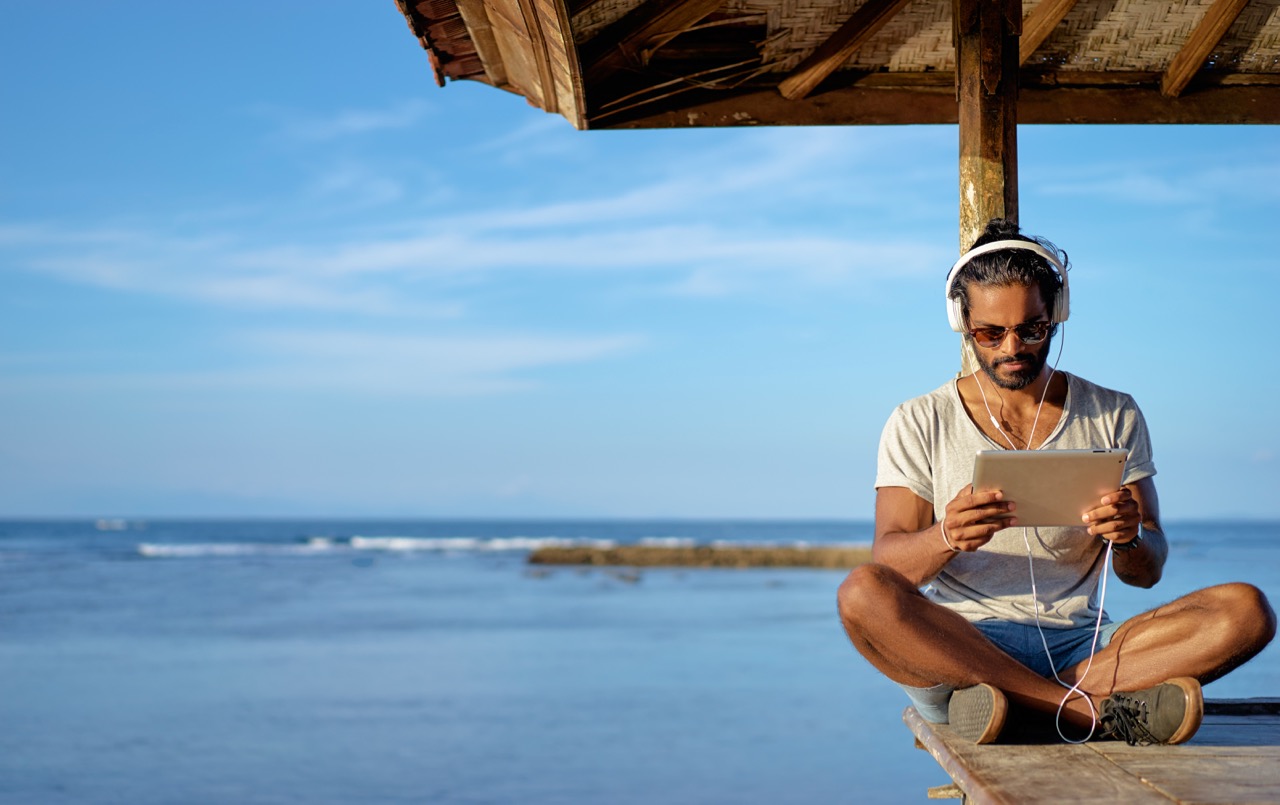
Go virtual
Sometimes, the reason we can’t go scuba diving prevents us from getting into the water at all. In this case, the best alternative to scuba is right at your fingertips: a virtual diving experience!
Virtual reality diving has many forms. You could explore Google Underwater or go on a Great Barrier Reef virtual dive. Take a 360º virtual diving tour of shipwrecks like the SS Thistlegorm. Or, seek inspiration through TikTok, Twitter, or the PADI Dive Stories Podcast!
Next step: Discover Scuba Diving
As you can see, there’s a world of possibilities beyond scuba diving for exploring our ocean planet and nourishing your blue health. Which scuba alternative will you choose?
If and when you’d like to try scuba diving, too, consider the PADI Discover Scuba Diving program. Under the guidance of a PADI Professional, you’ll be introduced to scuba gear, learn some basic scuba skills, and take your first breaths underwater. As the ideal first step before committing to a full scuba certification, you can even start at home with PADI eLearning.
